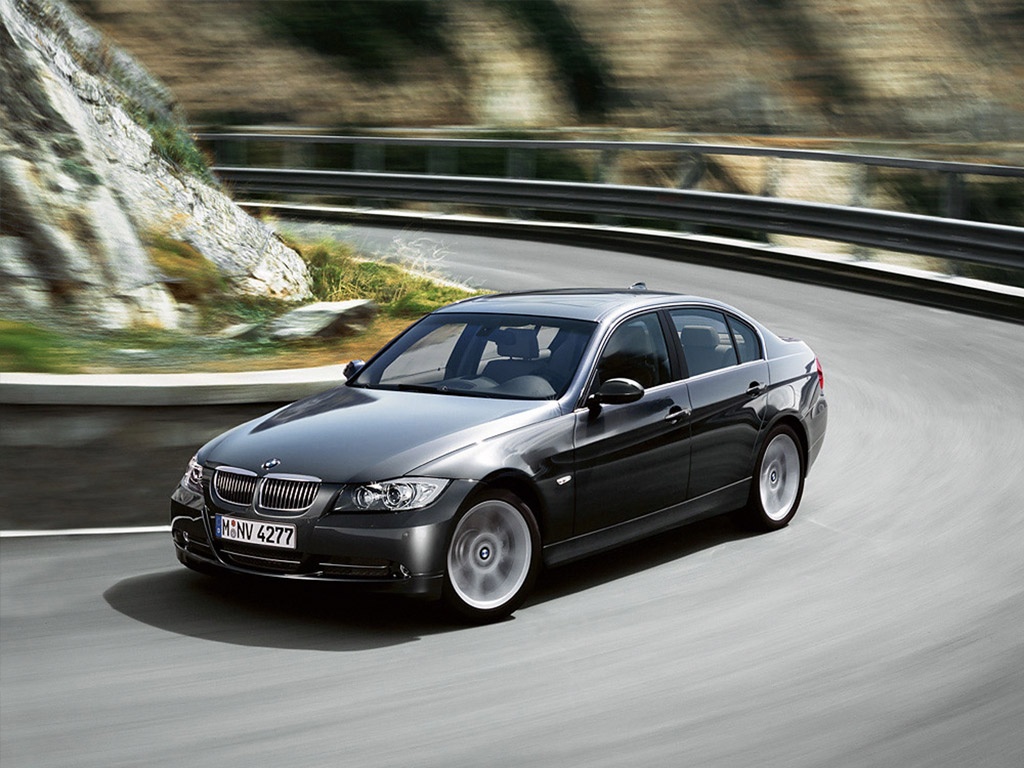Old habits do die hard. Since the earliest days of the automobile, idling has been something of a necessary evil. Back then, the question of whether or not a vehicle would start again was secondary to the odds of drivers breaking their wrists on the cranking handle. In these days of $4-a-gallon gas, with modern starting systems and computer controls being what they are, it might be time to re-examine how idling affects our cars, wallets and environment.
The Case for Idling
The traditional argument for idling has always been that “it takes more gas to start an engine than it does to just let it idle.” That was very true back in the day, when most cars used carburetors, and it wasn’t uncommon that an engine, to fire, would require several seconds of cranking with the choke engaged. That was especially true when the engine was cold; a hot engine runs more efficiently and burns more of the fuel mixture, so keeping the engine hot and moving for a couple minutes or more could wind up using less gas than shutting it down and restarting it.
Fuel Consumption
Modern fuel injection systems completely changed the idling debate, at least insofar as fuel consumption is concerned. There’s just no comparing the fuel startup requirements of older engines to those of today. On the average car, the extra fuel required to restart a warm engine is equal to somewhere between 7 and 15 seconds of idle time — more for larger engines, less for smaller ones. Even big truck diesels — which have always been at the heart of the restart debate — are at the point now where restarting only consumes as much fuel as 30 seconds of idling. So to save fuel, limit idle time to a maximum of 10 to 15 seconds for normal cars and trucks, and about 30 seconds for big diesels.
Engine Damage
Engines are kind of like draft horses: they’re built to work, and the harder they’re working, the happier they are. An idling engine doesn’t produce the kind of combustion heat that the engine was designed for, and because of that, components like spark plugs that are designed to run hot won’t do their jobs as effectively. Cold combustion means gas and oil residue gets left in the cylinder, and that can contaminate the oil and coat the plugs and cylinder internals with carbon and gunk. In other cases, the oil pump may not provide adequate pressure or volume to properly lubricate the engine during extended idling.
Other Considerations
Gasoline is a hydrocarbon, and engines are amazingly efficient when it comes to turning hydrocarbons into airborne carbon. Every gallon of non-ethanol-enhanced gasoline you burn puts about 5.5 pounds of pure carbon into the air, and the general rule of thumb is that for every minute spent idling, a car burns enough gas to go a half mile. So, if your car averages 20 mpg, it’ll burn a gallon in 40 minutes or so. That’s $4 and 5.5 pounds of carbon dumped into the atmosphere just to idle for that period of time. On a shorter time scale, this 20-mpg car would cost $1 and 1.4 pounds of carbon every 10 minutes, and five cents and 1.1 ounces of carbon every 30 seconds.

Is It Bad to Let Your Vehicle Idle?
by
Tags:

Leave a Reply